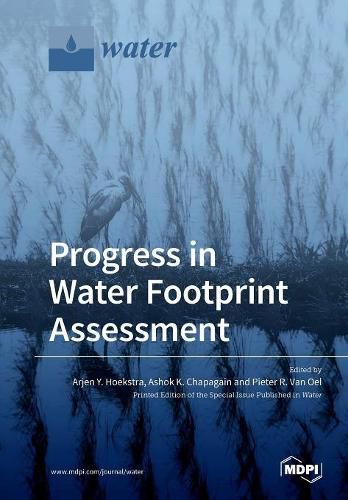Readings Newsletter
Become a Readings Member to make your shopping experience even easier.
Sign in or sign up for free!
You’re not far away from qualifying for FREE standard shipping within Australia
You’ve qualified for FREE standard shipping within Australia
The cart is loading…






This title is printed to order. This book may have been self-published. If so, we cannot guarantee the quality of the content. In the main most books will have gone through the editing process however some may not. We therefore suggest that you be aware of this before ordering this book. If in doubt check either the author or publisher’s details as we are unable to accept any returns unless they are faulty. Please contact us if you have any questions.
Water Footprint Assessment is a young research field that considers how freshwater use, scarcity, and pollution relate to consumption, production, and trade patterns. This book presents a wide range of studies within this new field. It is argued that collective and coordinated action–at different scale levels and along all stages of commodity supply chains–is necessary to bring about more sustainable, efficient, and equitable water use. The presented studies range from farm to catchment and country level, and show how different actors along the supply chain of final commodities can contribute to more sustainable water use in the chain.
$9.00 standard shipping within Australia
FREE standard shipping within Australia for orders over $100.00
Express & International shipping calculated at checkout
This title is printed to order. This book may have been self-published. If so, we cannot guarantee the quality of the content. In the main most books will have gone through the editing process however some may not. We therefore suggest that you be aware of this before ordering this book. If in doubt check either the author or publisher’s details as we are unable to accept any returns unless they are faulty. Please contact us if you have any questions.
Water Footprint Assessment is a young research field that considers how freshwater use, scarcity, and pollution relate to consumption, production, and trade patterns. This book presents a wide range of studies within this new field. It is argued that collective and coordinated action–at different scale levels and along all stages of commodity supply chains–is necessary to bring about more sustainable, efficient, and equitable water use. The presented studies range from farm to catchment and country level, and show how different actors along the supply chain of final commodities can contribute to more sustainable water use in the chain.